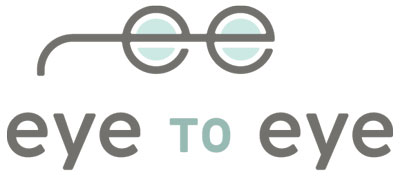How does blue light affect your eyes?
In today’s world, a person has to actively try to avoid regular viewing of some type of technological device’s screen. More than a third of American adults spend more than half of their day with some type of technology and 14% report using technology 10-12 hours daily. The problem goes beyond the adult population. In classrooms 97% of students own a computer at home and 40% of teachers (and growing) integrate digital devices into their teaching.
How does blue light affect your eyes?
The evolution in digital screen technology has advanced dramatically over the years, and many of today's electronic devices use LED back-light technology to help enhance screen brightness and clarity. These LEDs emit very strong blue light waves. Cell phones, computers, tablets and flat-screen televisions are just among a few of the devices that use this technology. Because of their wide-spread use and increasing popularity, we are gradually being exposed to more and more sources of blue light and for longer periods of time.
How many hours do you spend in front of a digital screen?
Most of us spend the majority of our waking hours staring at a digital screen. Studies suggest that 60% of people spend more than 6 hours a day in front of a digital device.
Spending just two consecutive hours on a digital device can cause eyestrain and fatigue.
Blue light is actually everywhere. When outside, light from the sun travels through the atmosphere. The shorter, high energy blue wavelengths collide with the air molecules causing blue light to scatter everywhere. This is what makes the sky look blue. In its natural form, your body uses blue light from the sun to regulate your natural sleep and wake cycles. This is known as your circadian rhythm. Blue light also helps boost alertness, heighten reaction times, elevate moods, and increase the feeling of well being.
"Blue" or High Energy Visible (HEV) wavelengths flicker more easily than longer, weaker wavelengths. This kind of flickering creates a glare that can reduce visual contrast and affect sharpness and clarity.
This flickering and glaring may be one of the reasons for eyestrain, headaches, physical and mental fatigue caused by many hours sitting in front of a computer screen or other electronic device.
Prolonged exposure to blue light may cause retinal damage and contribute to age-related macular degeneration, which can lead to loss of vision.
The easiest way to address digital eye strain is to blink more. That might sound overly simple, but blinking helps to keep eyes lubricated. Another effective way to avoid or help to resolve digital eye strain is to follow the “20-20-20 Rule” — every 20 minutes, stare at something at least 20 feet away for at least 20 seconds. This exercise engages your distance vision and helps the eye to “reset.”
Another way to minimize your exposure to blue light is to use a plug-in on your computer, like f.lux that will adjust your monitor colors for different times of day, or invest in a monitor that has built in adjustable color temperature settings.
The "night-time" setting on your smart phone is doing this same thing.
There are also new types of anti-reflective treatments that are specially designed to reflect blue light while on the computer, as well as new types of lenses that block blue light themselves. If you are one of the many who are sitting at a computer all day, these options can greatly decrease your eyestrain and increase your visual performance throughout the day.




